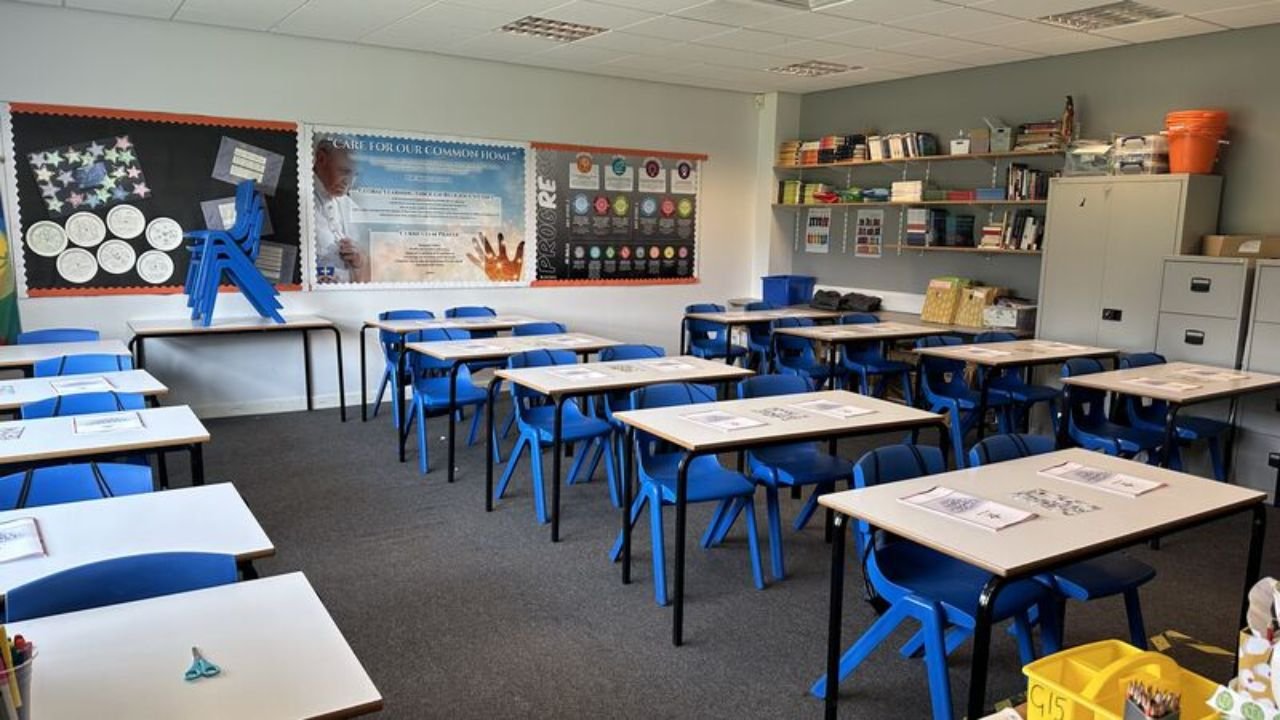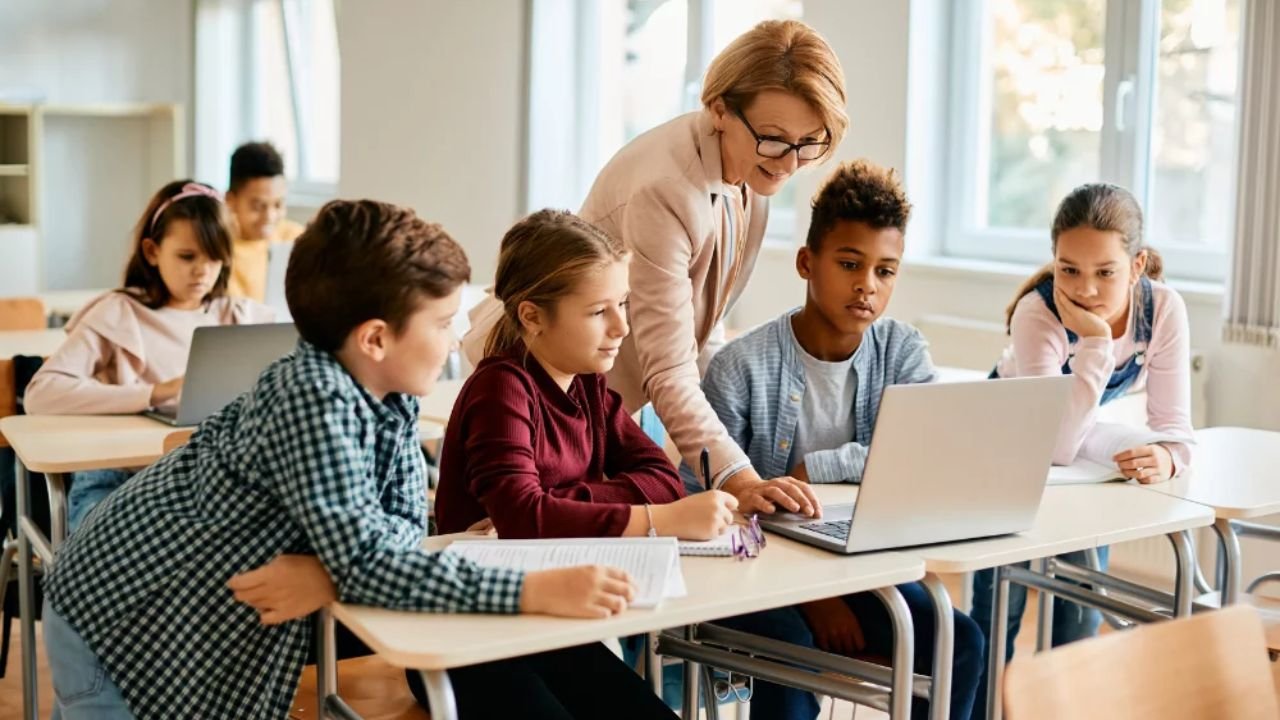The world of education is evolving rapidly, and the traditional classroom setup is no longer sufficient to meet the needs of modern learners. Enter “the classrooms repack,” an innovative approach to redesigning educational spaces. This concept focuses on creating adaptable, technology-integrated, and engaging environments that foster better learning outcomes, empower teachers, and meet the dynamic needs of students.
This article explores the core concept of “the classrooms repack,” its benefits, challenges, real-world applications, and how educators and schools can implement it successfully. Together, let’s imagine what the future of learning could look like.
Understanding the Concept of the Classrooms Repack
What is the Classrooms Repack?
The classrooms repack refers to a forward-thinking overhaul of how educational spaces are designed and utilized. It transcends the traditional, static rows of desks and textbooks by promoting flexibility, integration of technology, and a focus on student-centric learning.
Unlike standard classrooms, repacked classrooms are highly dynamic, encouraging collaboration, critical thinking, and creativity. They are designed to adapt to the diverse learning styles of students, ensuring that every learner is supported.
Why the Need for Repacking Classrooms?
- Changing Learning Needs: Today’s students require critical thinking and problem-solving skills that go beyond lecture-based teaching.
- Technology Boom: From interactive whiteboards to AI tools, modern classrooms must integrate advanced technologies to stay relevant.
- Inclusivity and Engagement: Repackaged classrooms aim to create environments conducive to all learners, fostering inclusivity and meaningful engagement.
By introducing the classrooms repack, we are aligning education with the demands of the 21st century, preparing students to thrive in an interconnected, fast-paced world.
Benefits of Implementing the Classrooms Repack
Enhancing Student Engagement
Interactive and technology-enabled classrooms empower students to take charge of their learning. Features such as flexible seating, collaborative zones, and digital tools motivate students to participate actively, driving increased engagement.
Improved Learning Outcomes
Studies have shown that the right learning environment directly influences student performance. Classrooms repack designs encourage active learning, critical thinking, and retention, leading to better academic achievement.
Fosters Collaboration and Creativity
With adaptable layouts and shared workspaces, repacked classrooms enable students to collaborate on projects and share ideas effectively. These designs encourage creativity and teamwork, essential skills for future workplaces.
Boosting Teacher Satisfaction
When equipped with modern tools and adaptable designs, teachers experience increased ease in lesson delivery. This not only raises teaching effectiveness but also reduces stress levels, boosting overall teacher satisfaction.
Meeting Diverse Needs
Repacked classrooms ensure that each student’s learning preferences are considered, whether they excel in group settings or prefer independent study. Inclusivity is a primary goal in these designs.
Challenges and Considerations in Repacking Classrooms
While the benefits are compelling, the road to repacking classrooms is not without obstacles.
Budget Constraints
The most significant hurdle for schools is funding. Repacking classrooms requires investments in furniture, technology, and training. To overcome this, schools can explore:
- Partnerships with ed-tech companies.
- Government funding or grants.
- Phased implementation to ease financial burdens.
Resistance to Change
- Traditional Mindsets: Teachers, parents, or administrators may be hesitant to adopt nonconventional designs.
- Solution: Initiate awareness campaigns and workshops to showcase the benefits.
Resource Management
Proper planning is crucial to balance resources while ensuring that every classroom accommodates the needs of students and staff alike effectively.
The Classrooms Repack in Action: Real-World Examples
Success stories of the classrooms repack abound, showcasing its profound impact.
Case Study 1: Stockholm’s Vittra School
The Vittra School in Sweden replaced desks with open spaces, creative zones, and media hubs. The result? Students reported higher engagement, creativity levels, and academic success.
Case Study 2: Flexible Layouts in Australian Schools
Many Australian schools adopted modular furniture designed to create customized learning setups daily. Both students and teachers hailed it as a game-changing experience.
Case Study 3: Integration of Technology in U.S. Classrooms
A school in Berkeley introduced tablets and collaborative tech spaces, enhancing digital literacy among students, which even led to an increase in STEM-related subjects’ popularity.
How to Implement the Classrooms Repack in Your Educational Space
Transforming classrooms begins with effective planning and collaboration. Here’s how you can start implementing the classrooms repack.
Plan a Vision for Your Classroom
Define exact goals that align with your teaching methods and educational objectives.
Gather Stakeholder Input
Engage students, teachers, and parents in the planning phase to identify specific needs and expectations.
Incorporate Flexible Furniture
Opt for modular furniture that can be moved, stacked, and adapted to suit diverse learning activities.
Prioritize Technology Integration
- Add interactive whiteboards.
- Use tablets or laptops for digital learning.
- Incorporate hybrid learning tools for greater inclusivity.
Pilot the Repack in Select Spaces
Begin repacking in a few classrooms to evaluate impact and feasibility before a full-scale rollout.
Professional Development for Teachers
Equip educators with training on how to utilize repacked designs and technology effectively to enhance teaching.
The Future of Education: Trends and Innovations Driving the Classrooms Repack
AI in Classrooms
Artificial Intelligence tools, such as AI tutors, can personalize learning experiences based on individual student performance.
Virtual and Augmented Reality (VR/AR)
VR/AR allows students to immerse themselves in interactive educational scenarios, from exploring ancient civilizations to investigating the human anatomy.
Global Connectivity
Access to cross-border collaboration opportunities through digital platforms will foster cultural exchange and innovation.
Gamification and Adaptive Learning
Gamified environments keep students engaged while adaptive technologies ensure personalized learning at every level.
You May Also Like: MCS App Portal Your Key to Engaged Learning
Conclusion
The classrooms repack is more than a physical transformation—it’s a mindset shift towards innovative, student-driven learning environments where flexibility, engagement, and inclusivity take center stage.
Education will always evolve to meet societal needs, and implementing the classrooms repack ensures that schools remain at the forefront of this evolution.
Whether you’re an educator, administrator, or interior designer, take the first step today by reimagining what your classrooms could achieve.
FAQs
What is the classrooms repack?
The classrooms repack is a modern approach to redesigning traditional classrooms to include flexible furniture, integrated technology, and interactive layouts.
How does repacking classrooms benefit students?
It enhances engagement, improves learning outcomes, fosters collaboration, and meets diverse learning needs of students.
What are the main challenges when implementing the classrooms repack?
Common challenges include budget constraints, resistance to change, and managing necessary resources effectively.
What technologies are used in repacked classrooms?
Key technologies include interactive whiteboards, tablets, hybrid learning tools, VR/AR, and AI-driven educational software.
How can schools get started with implementing the classrooms repack?
Start by defining goals, involving stakeholders, piloting initial designs, and investing in flexible furniture and integrated technology.











